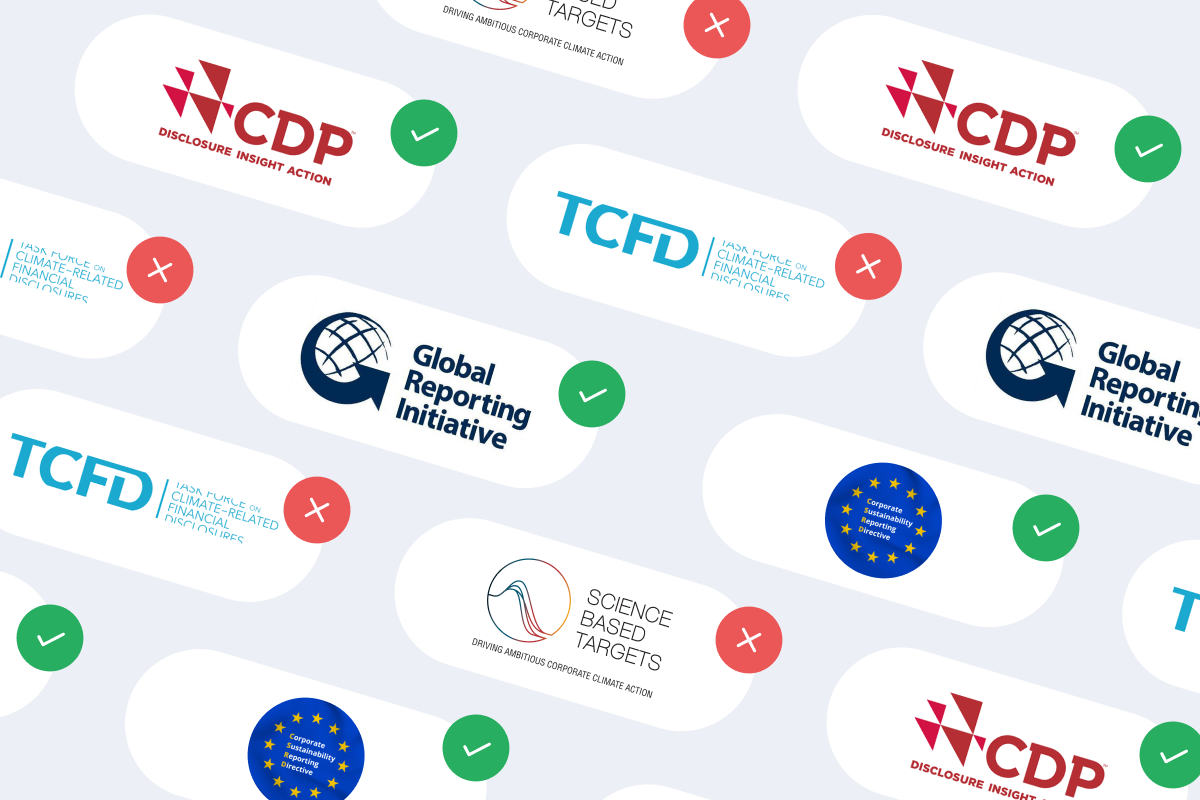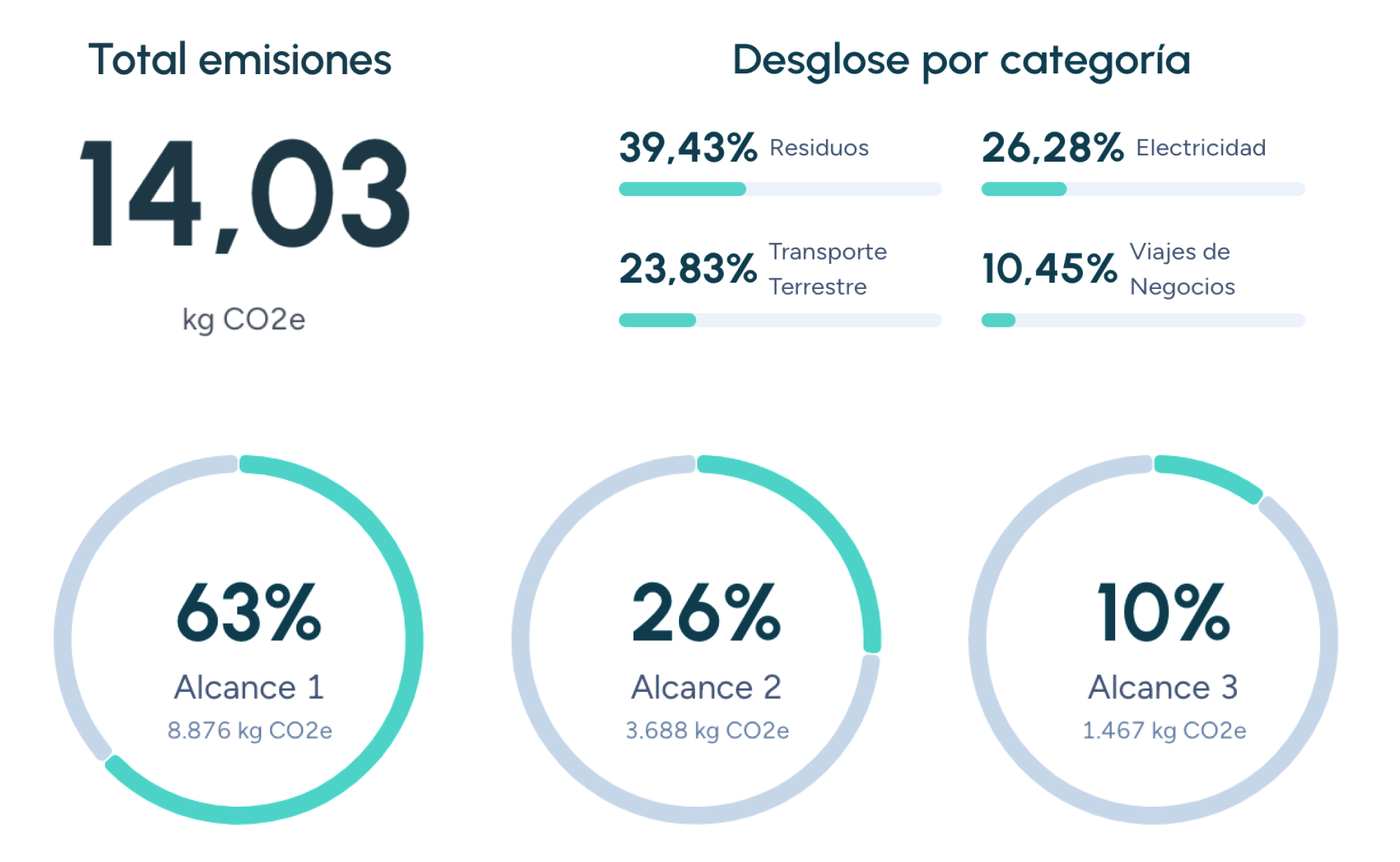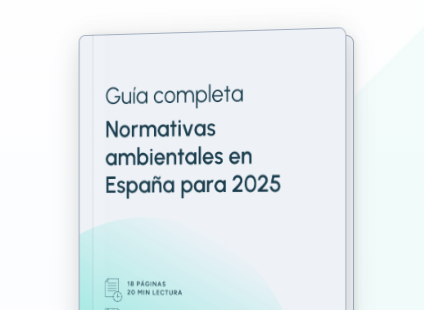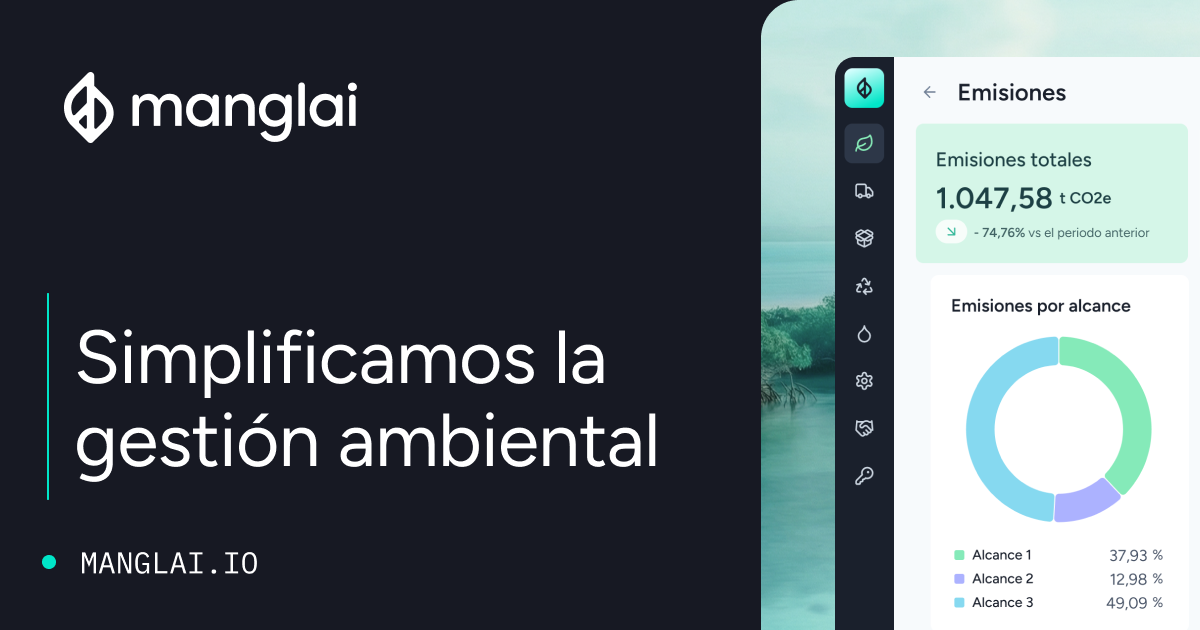W
Water Footprint Network (WFN)
The Water Footprint Network (WFN) is an international non-profit organization founded in 2008 with the goal of promoting sustainable and equitable water management through research, methodological development, and dissemination of the water footprint concept.
Based in the Netherlands, it acts as a reference platform for governments, companies, universities, and civil society organizations wishing to measure and reduce their water impact.
Origin and mission
- Founders: The WFN was co-created by the University of Twente and organizations such as WWF, UNESCO‑IHE, and the Water Neutral Foundation, driven by Professor Arjen Hoekstra, the father of the water footprint concept.
- Vision: A world where freshwater use is sustainable and fair, respecting planetary boundaries and basic human needs.
- Mission: To develop scientific tools, standards, and partnerships that foster transparency in water use and the adoption of effective policies.
Methodological framework
The WFN has established the global standard for calculating the water footprint and distinguishes three components:
- Blue water footprint: Volume of freshwater extracted from surface or groundwater bodies.
- Green water footprint: Rainwater stored in the soil and used by crops and vegetation.
- Grey water footprint: Volume of water required to dilute pollutants to meet quality standards.
The method is published in the Manual of Water Footprint Assessment and is widely recognized in academia and industry.
Areas of action
- Research and global databases: Conducts studies on the water footprint of key commodities (coffee, cotton, meat) and of countries or river basins. Maintains an interactive atlas to visualize water consumption and virtual flows.
- Tools and training: Offers calculation software (WaterStat) and training workshops both on-site and online. Provides the Water Footprint Assessment Professional certification program for consultants and auditors.
- Advisory services for companies and governments: Collaborates with multinationals in developing reduction strategies and efficiency programs. Assists institutions in implementing water policies based on the water footprint and basin boundaries.
- Partnerships and advocacy: Participates in international forums (UN‑Water, Stockholm World Water Week). Promotes integration of water footprint metrics into sustainability reports (GRI, CDP Water).
Impact and success stories
- Agri‑food sector: Beverage companies have reduced their supply chain water footprints by up to 20% following WFN audits.
- Local governments: Irrigation allocation programs based on the water footprint have improved planning in stressed basins in Mexico and South Africa.
- Education: Over 500 universities use the WFN manual as a reference in courses on environmental engineering and water resource management.
Advantages of working with WFN
- Scientific rigor: Recognized methodology backed by peer-reviewed publications.
- Transparency: Open data and reliable standards enhance comparability.
- Visibility and reputation: Partnering with WFN strengthens the credibility of sustainability strategies.
- Global network: Access to experts and organizations committed to water security.
Relationship with other standards and frameworks
- ISO 14046: Although ISO 14046 and WFN share life cycle assessment principles, WFN focuses specifically on the water indicator and includes the green/grey dimension; their methodologies are complementary.
- Agenda 2030 – SDG 6: WFN’s work directly contributes to ensuring availability and sustainable management of water.
- GHG Protocol: Allows integration of water and carbon metrics into corporate climate strategies.
Challenges and outlook
- Growing scarcity: Global water demand is expected to exceed supply by 40% by 2030; WFN is expanding partnerships with water-intensive sectors.
- Methodological coherence: Working toward convergence with ISO 14046 and other initiatives to avoid duplication and confusion.
- Digitalization: Strengthening real-time data platforms and tools based on satellite and big data technologies.
The Water Footprint Network plays a crucial role in the transition toward sustainable and equitable water management. By providing solid scientific standards, training, and support to diverse stakeholders, it fosters policies and practices that reduce pressure on water resources and enhance the resilience of ecosystems and communities.
Companies that trust us

2030 Agenda
The 2030 Agenda is the action plan adopted by all 193 Member States of the United Nations in September 2015.
Blue economy
The blue economy promotes the sustainable use of marine resources to drive economic development, protect the environment, and foster social well-being, addressing challenges such as climate change and marine pollution.
COP (Conference of the Parties)
The COP (Conference of the Parties) is the supreme decision-making body established under the United Nations Framework Convention on Climate Change (UNFCCC).
Guiding businesses towards net-zero emissions through AI-driven solutions.
© 2025 Manglai. All rights reserved
Política de Privacidad


